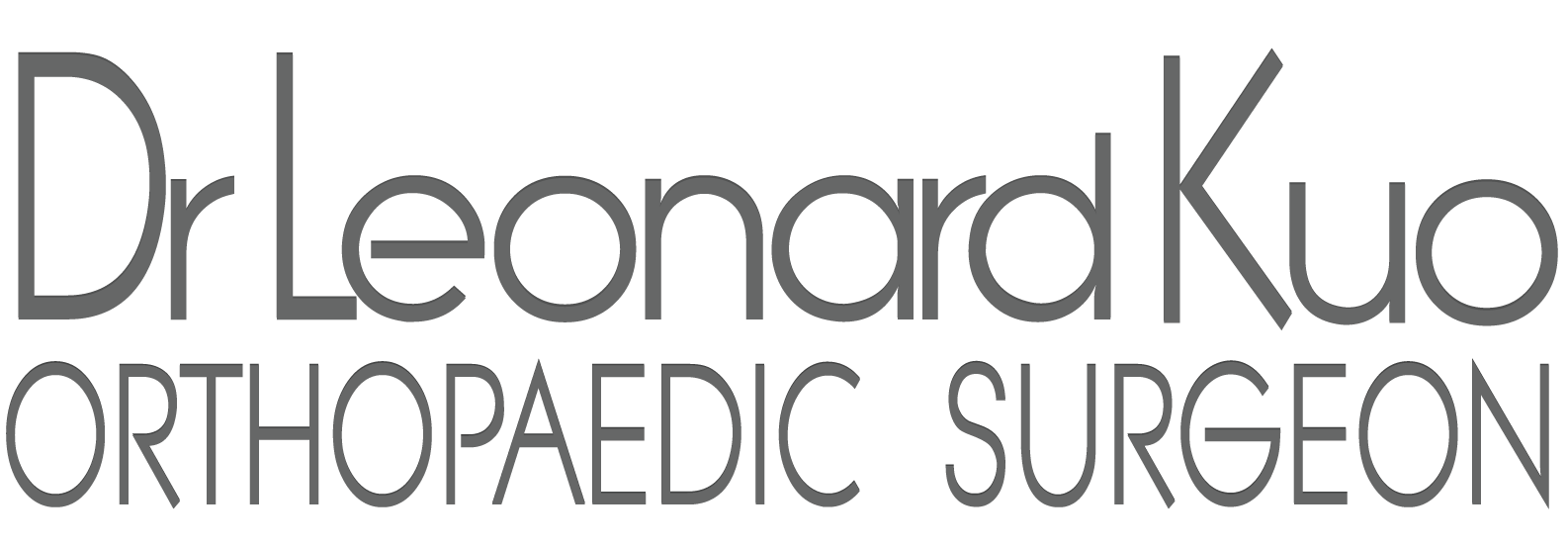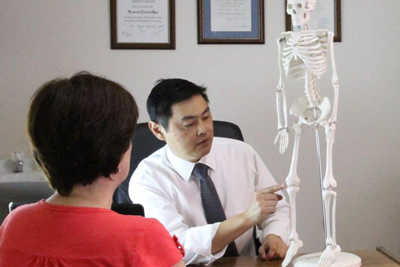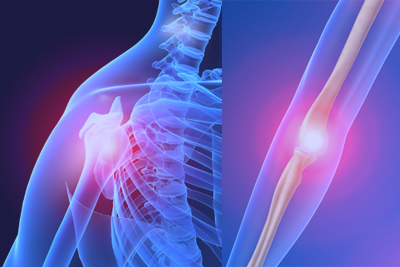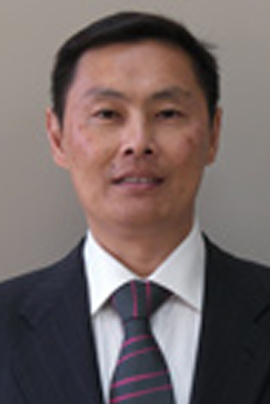A frozen shoulder is a very common condition seen in about 4% of the population. It generally occurs in people over the age of 40 years, particularly females. Whilst the cause is unknown, the condition is often seen in diabetic patients and may be triggered by minor trauma or surgery in the region (eg heart and breast).
This condition commonly causes shoulder stiffness as well as pain with movements of the arm but the most significant problem is pain at night. The condition can occur in both shoulders in 10% of people. As a general rule this condition is self-limiting. That means that the condition settles by itself for unknown reasons but it may run a protracted time course sometimes taking up to 2 years to resolve.
The condition involves 3 distinct phases:
1. FREEZING PHASE or painful phase which lasts 2 to 9 months. Patients get pain at rest and with activity, as well as pain at night. There is significant loss of motion.
2. FROZEN PHASE - this is the progressive stiffness phase which lasts 3 to 12 months. Pain occurs only at the extremes of movement but the shoulder remains stiff.
3. THAWING PHASE - this is the resolution phase where movements improve over a 12 to 24 month period.
It should be noted that in 80% of cases, the pain resolves but some patients are left with a small and permanent restriction in range of motion but as a general rule, it does lead to any functional problems.
In most cases you should try to learn to live with your condition for 12 to 24 months providing the pain is tolerable and you can cope with the activities of daily living. Self directed stretching exercises to improve range of motion within limits of pain are carried out regularly, up to 3-4 times per day. An injection of cortisone may also be helpful.
If you have not reached the second phase within 9 to 12 months, then there is a reasonable case to perform a manipulation under anaesthetic. This requires admission to hospital for a day and 3 to 4 months of physiotherapy after the manipulation. The success rate of a manipulation is approximately 70 percent. Even a successful result does not restore movement fully. There are complications of the procedure as there are of any surgical procedure.
In the unlikely event that the condition becomes chronic which it does in approximately 20% of people, and a manipulation is unsuccessful, then I would recommend that you come into hospital for a few days to have a small operation called an Arthroscopic Capsular Release. Through the arthroscope via 3 small incisions around the shoulder the surgeon can release the contracted tissue. If there is inflammation and impingement of the Rotator Cuff then an acromioplasty may be combined with the capsular release.
You are in hospital overnight and in a sling for about a week. Physiotherapy is required following surgery. The success rate of this operation is about 70%. but is less successful in diabetic patients. Even with successful surgery restoration of full movement is unlikely, but achievement of good movement is generally the rule.
There are a number of patients, who for work and social reasons, cannot afford to have a stiff shoulder for a prolonged period of time. Should that be the case then they may wish to consider having a manipulation under anaesthetic early in the course of the disease. There is a good chance that this will limit the length of time that the disease runs its course. That is an individual decision that has to be made by the patient and not the doctor. What the patient should consider is that there are certain risks of general anaesthetic and the procedure itself.
SUMMARY
A Frozen Shoulder is a condition that in the vast majority of people gets better within 12 to 24 months. People however can be left with some residual shoulder stiffness which generally does not cause any significant or long term problem. It is important to control pain, to be on a regular exercise programme supervised by a physiotherapist, and to use the arm within but not exceeding the limits of your discomfort. Certainly if the condition does not improve spontaneously or if you cannot wait for the disease to runs its natural course then there are a number of surgical procedures which can be employed. None of these procedures are guaranteed to work and you should be aware that there are always some complications that can occur with any surgical procedure.





 Dr. Leonard kuo
Dr. Leonard kuo